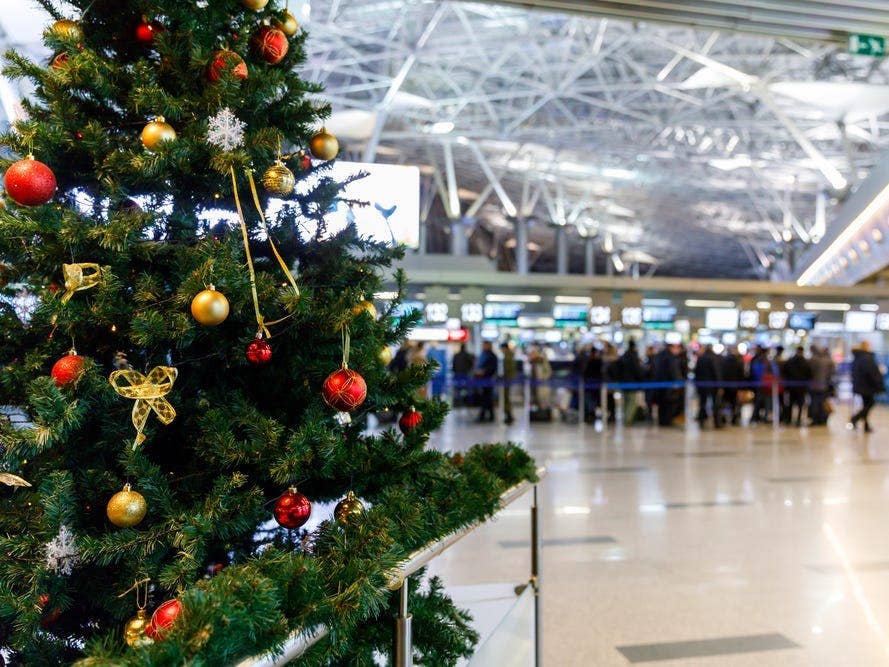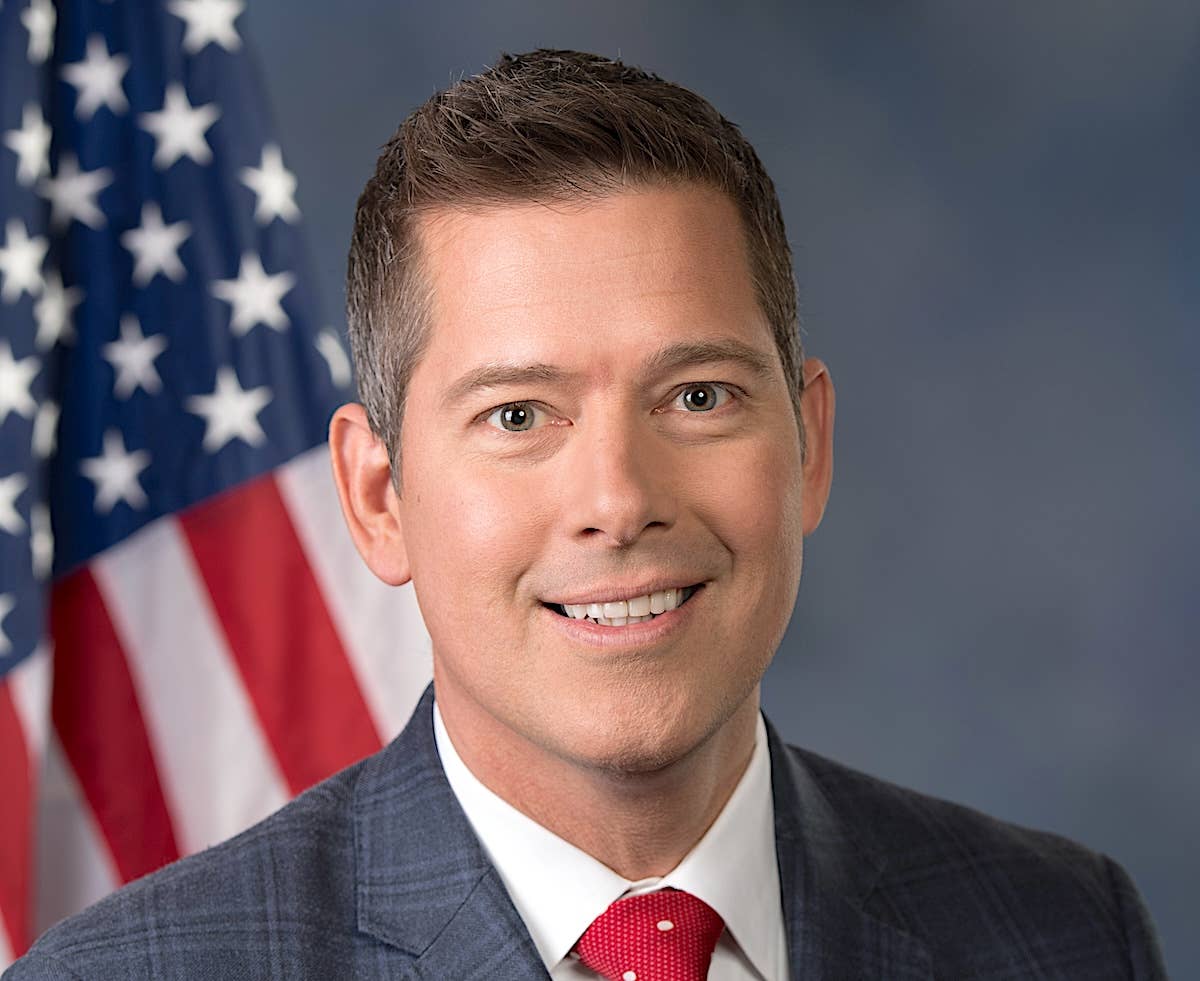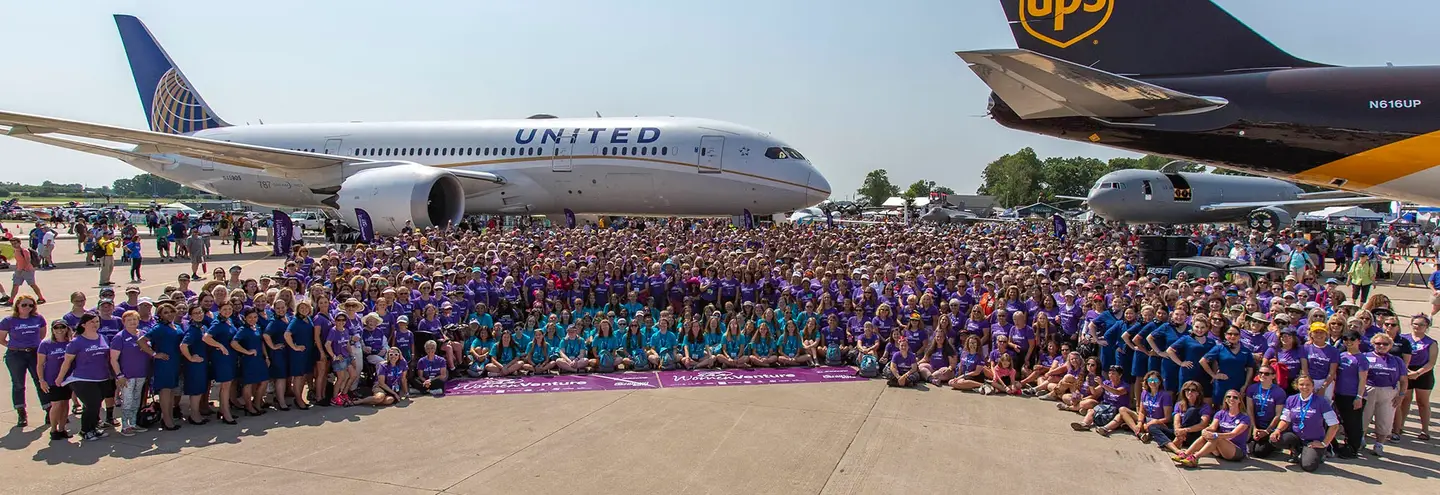A Weirdly Provocative Way To End The Year
Airlines poked GA in the eye with a stick after a generally good holiday travel season. It’s just weird.

Sometimes organizations do things that are just plain weird and that's where I'm filing Airlines for America's weirdly provocative letter to the FAA and Department of Transportation last week about some relatively minor flight delays during the Christmas break.
Now, I get that a two-hour systemic delay can create some chaos in airline schedules and across the rest of the National Airspace System, but this time the "traffic management initiatives" put in place because of ATC backups at Jacksonville Center seemed to be handled pretty well by the robust measures engaged by the FAA Command Center to deal with just this sort of thing. I was on duty when the alert went out and I monitored for delays and cancellations but nothing dramatic happened so I didn't bother writing about it. Compared to the mayhem we've seen on other holidays it was insignificant.
In fact, thanks in no small part to the preparations of that Command Center, which is staffed by representatives of the FAA, airlines and general aviation bodies, the whole season has been pretty uneventful. Of course, the relatively benign weather has helped, too.
So I found it surprising that A4A would gather its brain trust together during a time of traditional good cheer and lob a potentially incendiary nastigram of the type sent to Transportation Secretary Pete Buttigieg and FAA Administrator Mike Whitaker on the Friday before New Year's. In the letter A4A singled out GA traffic as the cause of the delays in Florida and elsewhere because GA was doing what GA does--taking people places on their own schedule and allowing them to change their minds about a destination on a whim. Freeing its participants from the chore that commercial aviation has become some of the time is the very reason for its existence.
A4A didn't just complain about the bizjets and weekend warriors it says clogged the system. It asked that "the Administration take all possible actions to find the appropriate balance between commercial and private aviation traffic with the goal of minimizing delays and cancellations for the traveling public." As several commenters noted within minutes of the story going live today, those in private aircraft are also members of the "traveling public."
So let's unpack that request bit by bit. "All possible actions" would suggest to me that A4A is looking for some kind of regulatory measure that can result in private aircraft being denied airspace access in favor of airliners. In fairness, that already happens in busy airspace near major airports, and let's not forget some of the questionable TFRs that persist in the face of pretty minimal security threats.
But this request seems to refer to some kind of magic regulatory wand that suddenly clears the pesky jet set and piston crowd the hell out of the way when the 7:15 to La Guardia or (insert busy airport here) is in danger of running late. Since the airspace belongs to everyone and access is more or less guaranteed to those with the gear and credentials to use it, it seems like a dangerous threat to those liberties.
And how about "find the appropriate balance between commercial and private aviation traffic?" Who gets to decide what that balance might be? Is there a show of hands at FAA HQ on whether the G650 at Fort Lauderdale gets to go to Westchester or the 172 at John Wayne gets to go to Bakersfield? Or do you just shut down GA when the airlines are struggling. What, precisely, is that "balance?"
There was another phrase I didn't understand in A4A's missive, which also made vague reference to the controller shortage. It asked that "all possible steps be taken to avert additional staffing triggers, particularly in high volume centers." What, exactly, is a "staffing trigger?" It seems to suggest that some sort of external influence is at work affecting staffing levels at the busiest ATC facilities, but I really don't know. Maybe some controllers can chime in on that one.
Perhaps the biggest question raised by all this is "Why now?" With only a few days left of the holiday season, we've so far avoided the almost unbelievable meltdowns of the early post-COVID era. The overwhelming majority of the "traveling public" got where they were going within no more than a few hours of when they were supposed to get there.
It could have, maybe even should have, resulted in high fives all round among aviation stakeholders, regulators and legislators for the cooperative effort that got us here. Oh, and let's not forget about the weather and smooth running computers.
Instead we end a fairly positive period, maybe even a turning point, on a combative note that has those in A4A's crosshairs looking for the underlying meaning and waiting warily for the other shoe to drop. It just seems weird.






